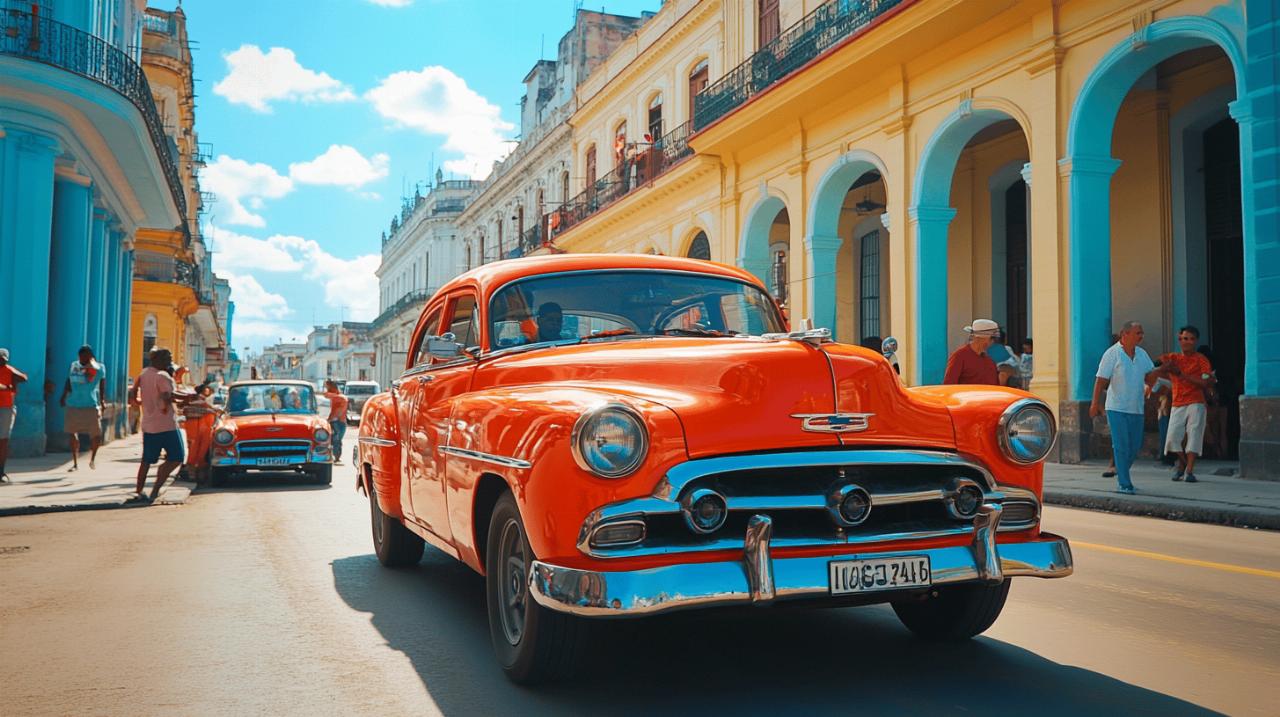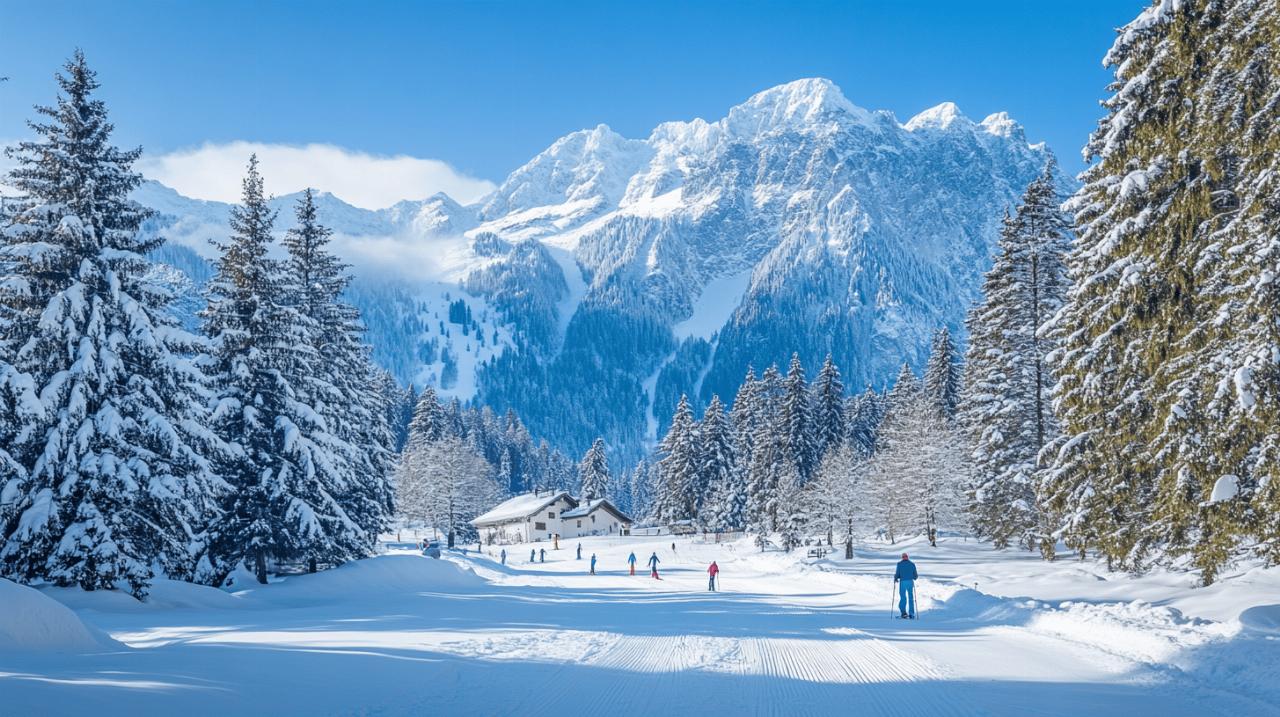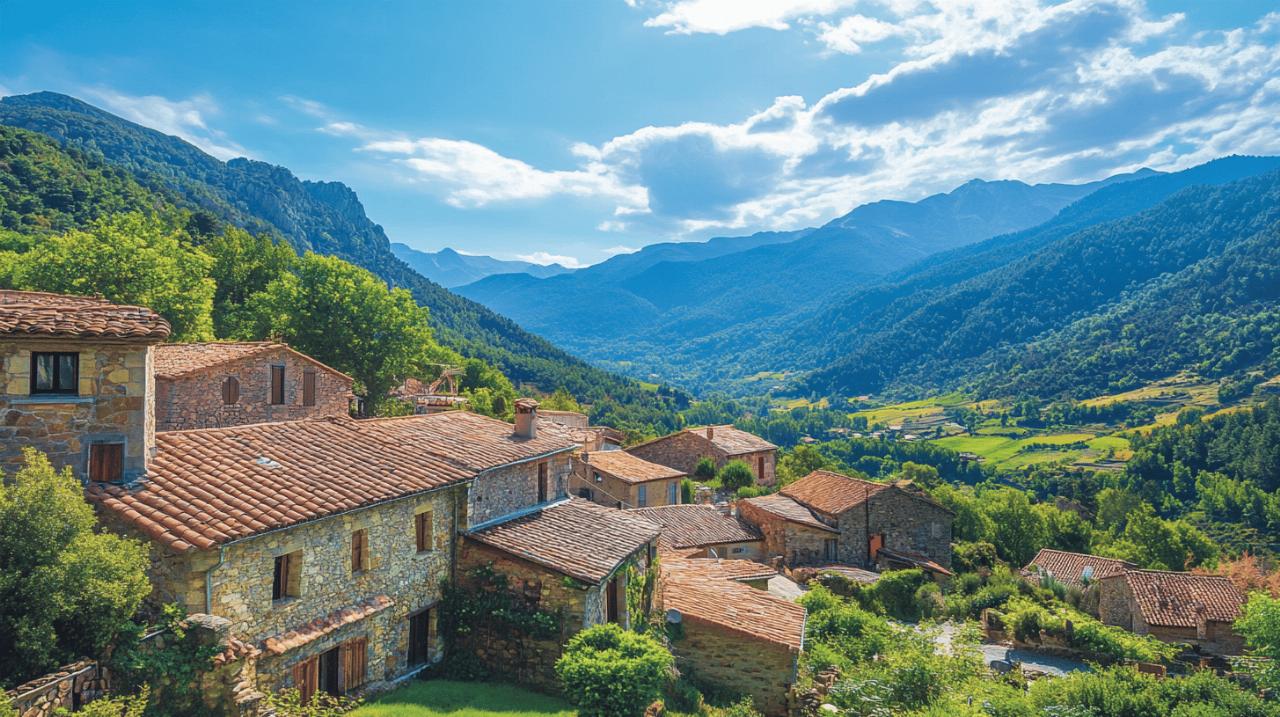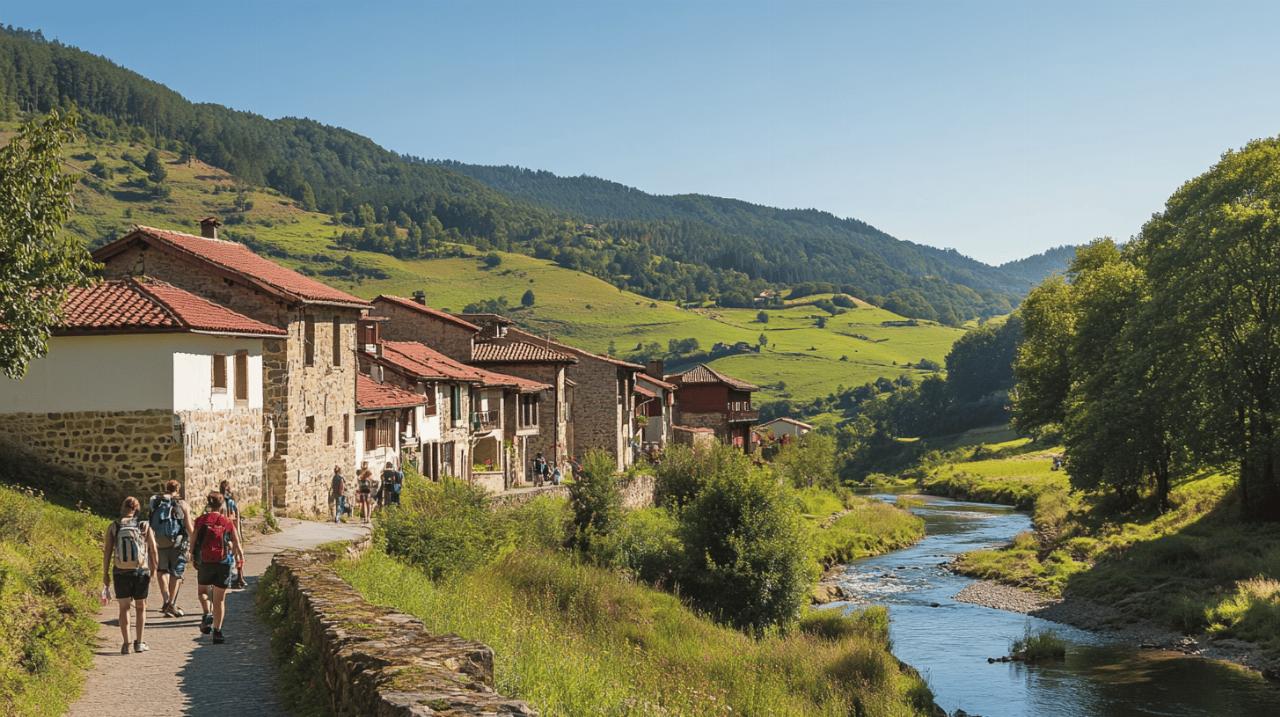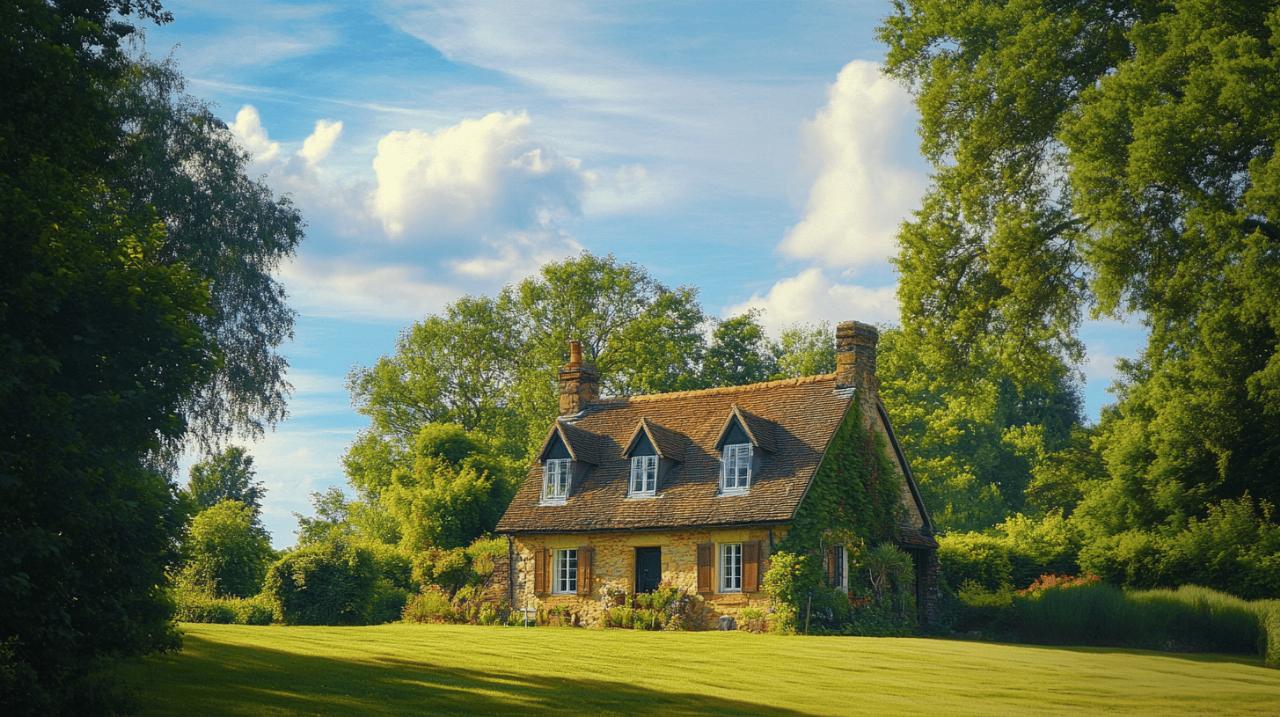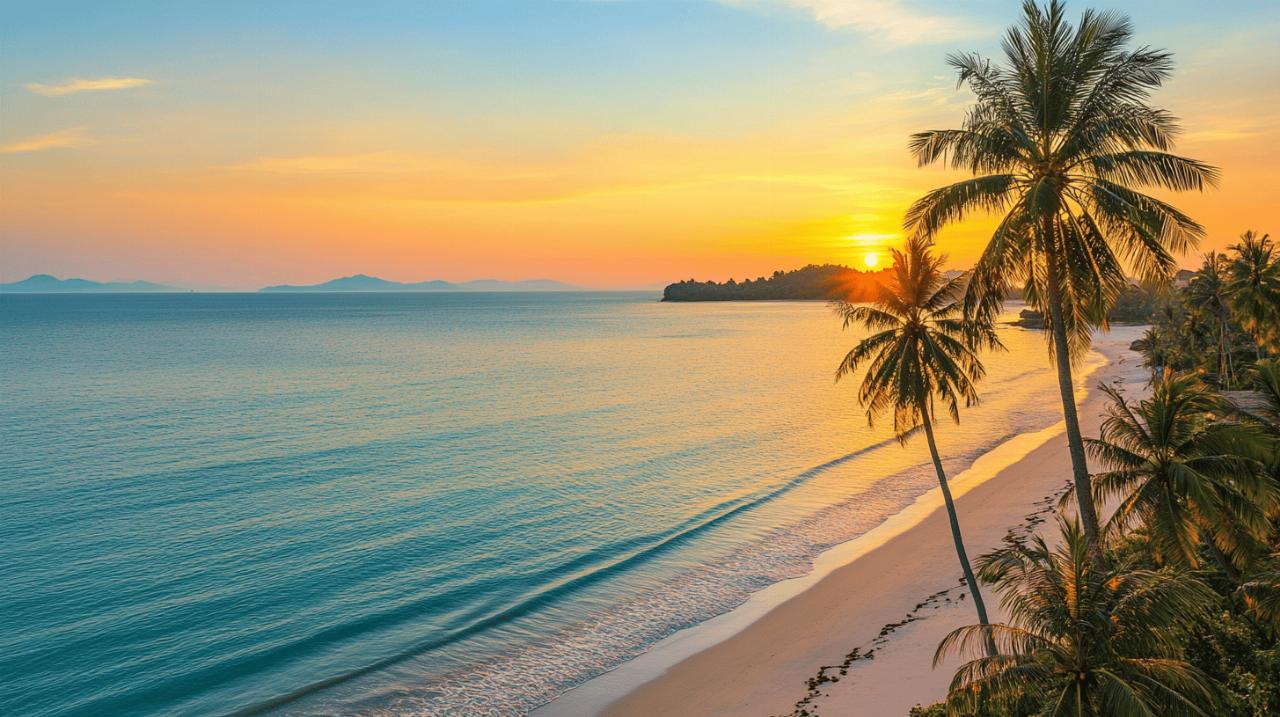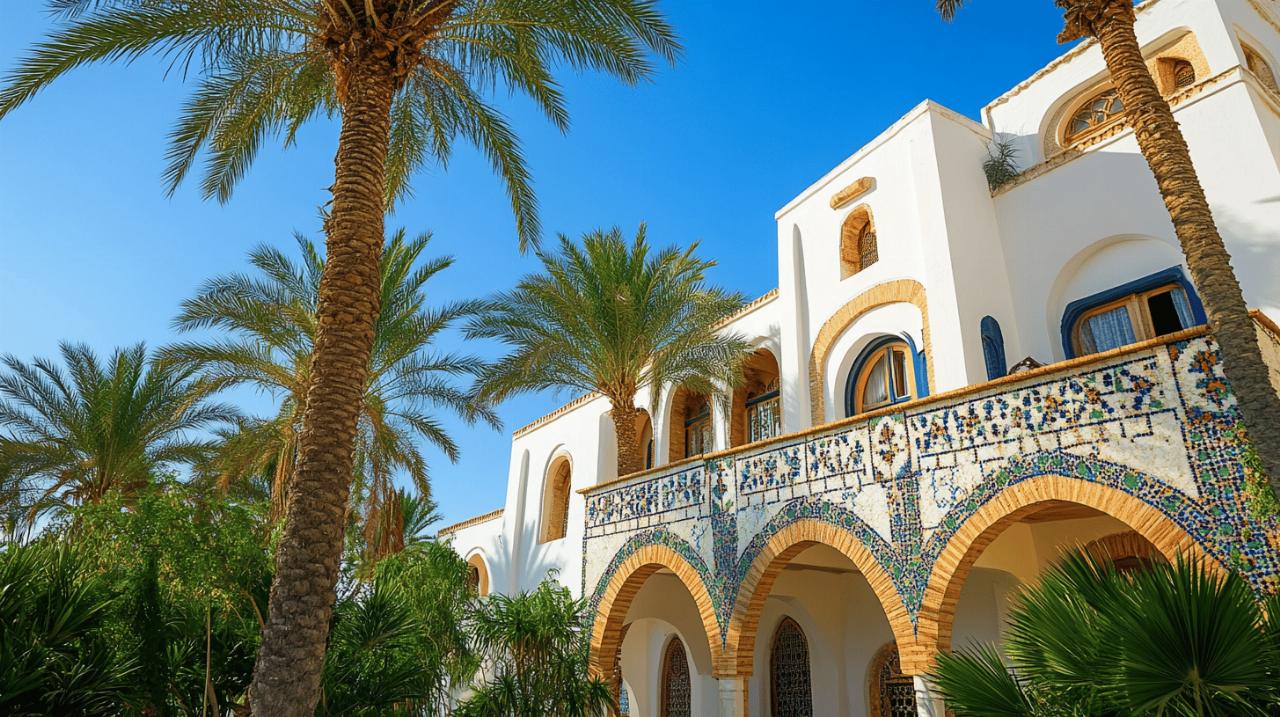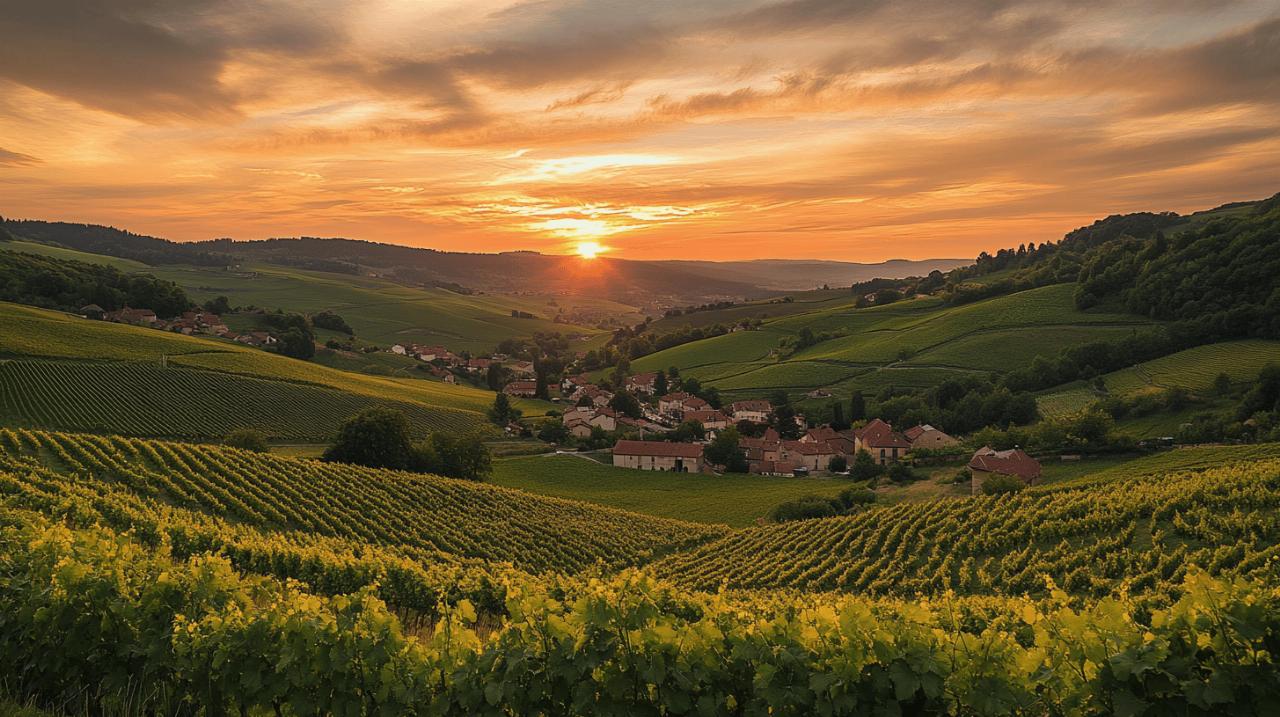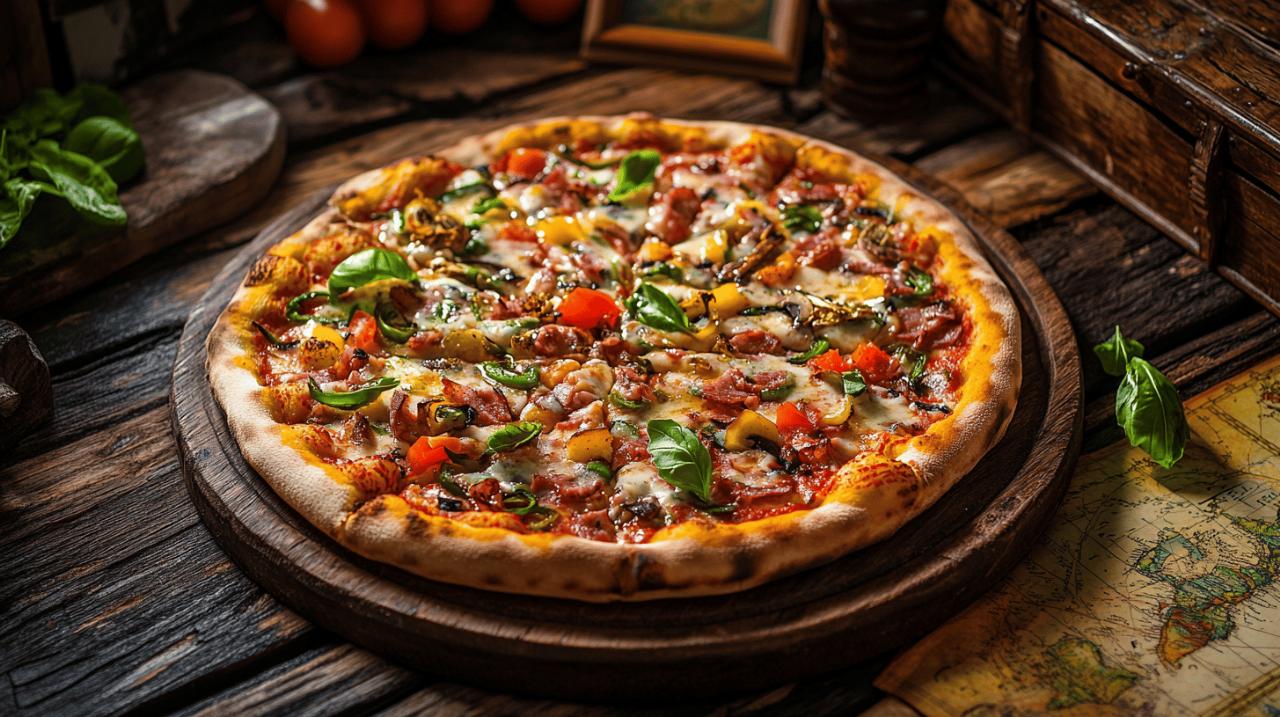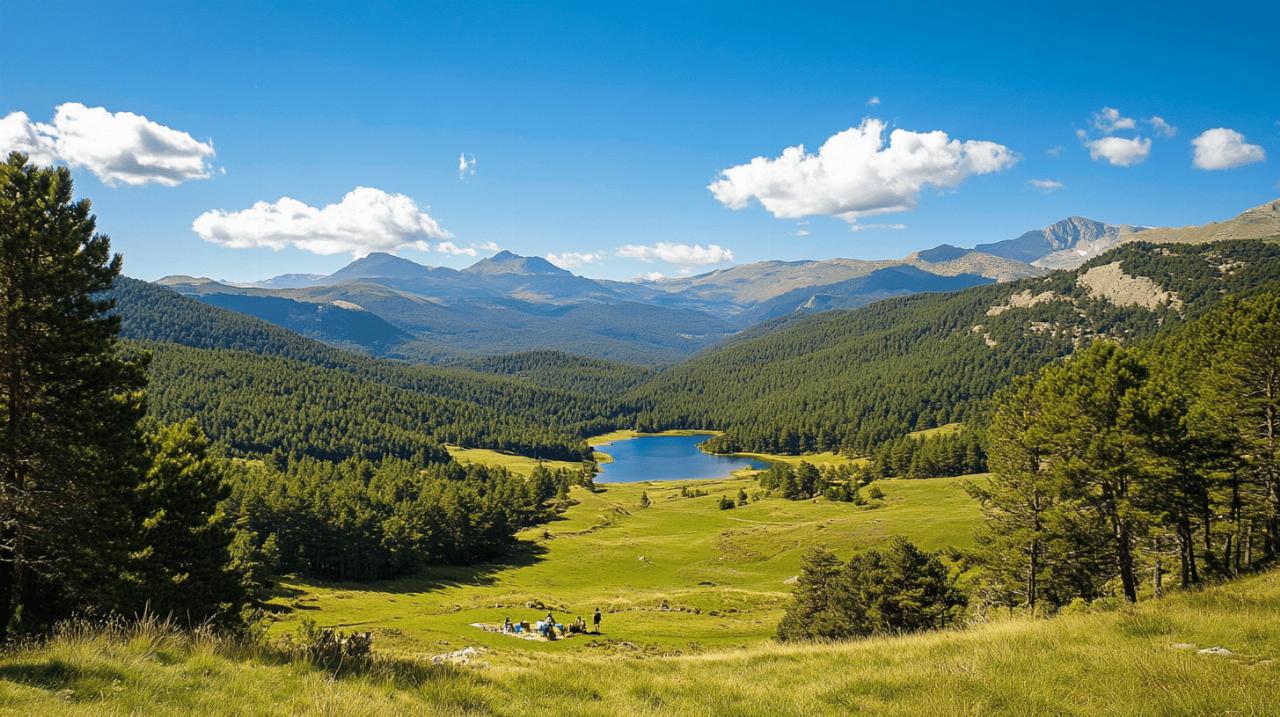Planning a journey to Cuba is like preparing for an adventure into a world where history, culture, and natural beauty collide in spectacular fashion. This captivating Caribbean island offers visitors a chance to explore colonial cities frozen in time, relax on pristine beaches, and delve into the revolutionary past that shaped a nation. Whether you are drawn to the vintage charm of Havana's classic cars or the tranquil landscapes of the countryside, Cuba promises an unforgettable experience. With careful planning, a dash of curiosity, and an open mind, travellers can discover the very best of what this remarkable destination has to offer, whilst steering clear of a few common pitfalls that might dampen the adventure.
Must-visit cuban cities and historic sites
Havana and Trinidad: Colonial Splendour and Timeless Charm
Havana, the vibrant capital of Cuba, is an essential stop for any visitor. Its streets are a living museum, where elegant colonial architecture stands alongside crumbling facades that tell stories of decades past. Old Havana, a UNESCO World Heritage Site, is particularly enchanting with its cobblestone lanes, grand plazas, and lively atmosphere. A stroll along the Malecón, the city's eight-kilometre seaside promenade, offers stunning views of the Caribbean Sea and a glimpse into the daily lives of locals who gather there to chat, fish, and watch the sunset. The sight of classic American cars from the fifties cruising the streets adds a nostalgic touch that is quintessentially Cuban. Visitors can explore the Museo de la Revolución to understand the island's tumultuous history or simply lose themselves in the vibrant neighbourhoods of Vedado, where the energy of the city pulses through every corner.
Trinidad, another UNESCO World Heritage Site, transports visitors back to the colonial era with its beautifully preserved architecture and charming cobblestone streets. The Plaza Mayor serves as the heart of this enchanting town, surrounded by pastel-coloured buildings, historic churches, and museums that showcase the region's rich heritage. Wandering through Trinidad feels like stepping into a postcard, with horse-drawn carts adding to the old-world ambiance. The nearby Valle de los Ingenios, also recognised by UNESCO, provides insight into Cuba's sugar industry past, with old plantation ruins and the iconic Manaca Iznaga tower standing as silent witnesses to a bygone era. Both Havana and Trinidad offer a window into Cuba's colonial splendour, making them unmissable destinations for any traveller eager to soak up the island's history and culture.
Santa Clara and the Che Guevara Mausoleum: A Revolutionary Pilgrimage
Santa Clara holds a special place in the hearts of those interested in revolutionary history. This city is home to the Che Guevara Mausoleum, a solemn and significant site that attracts visitors from around the world. The mausoleum houses the remains of Che Guevara and several of his comrades who fell during the revolutionary struggle. It is not just a burial site but also a museum dedicated to the life and legacy of one of the most iconic figures in twentieth-century history. The reverence and emotion that permeate the mausoleum make it a powerful experience for anyone seeking to understand the depth of Cuba's revolutionary spirit. Visitors are expected to show respect, with photography prohibited inside the mausoleum itself, ensuring that the focus remains on reflection and remembrance.
Beyond the mausoleum, Santa Clara offers other glimpses into its revolutionary past, including the Tren Blindado monument, which commemorates a pivotal battle during the Cuban Revolution. The city's central square and surrounding streets provide a more relaxed atmosphere where travellers can enjoy local cafes and observe daily life. A visit to Santa Clara is not just about ticking off a famous landmark; it is about connecting with the ideals and struggles that shaped modern Cuba. For those with an interest in history and politics, this city offers a profound and moving chapter of the Cuban story.
Natural Wonders and Coastal Escapes in Cuba
Viñales Valley and Pinar del Río: Tobacco Country and Stunning Landscapes
The Viñales Valley, nestled in the province of Pinar del Río, is a place of extraordinary natural beauty. This UNESCO World Heritage Site is renowned for its dramatic limestone hills, known as mogotes, which rise abruptly from the fertile valley floor, creating a landscape that seems almost otherworldly. The region is the heart of Cuba's tobacco industry, and visitors can tour traditional farms where the finest tobacco leaves are grown and hand-rolled into world-famous Cuban cigars. Watching the skilled artisans at work provides a fascinating insight into a craft that has been perfected over generations. The valley is also ideal for outdoor enthusiasts, offering opportunities for hiking, rock climbing, and horseback riding through lush countryside dotted with royal palms and vibrant fields.
The town of Viñales itself is a charming base for exploration, with its colourful houses and laid-back vibe offering a welcome contrast to the bustle of Cuba's larger cities. The Mural de la Prehistoria, a massive painting on the side of a mogote depicting the evolution of life, is a quirky attraction that adds a splash of colour to the landscape. Nearby Las Terrazas, a sustainable community and nature reserve, is perfect for birdwatching and hiking, with waterfalls and forest trails providing a serene escape into nature. Whether you are a nature lover, an adventure seeker, or simply someone who appreciates stunning scenery, the Viñales Valley and Pinar del Río region will leave you spellbound.
Varadero, Cayo Coco and Cayo Largo: Beach Bliss and Caribbean Paradise
For those craving sun, sand, and turquoise waters, Cuba's coastal gems offer the ultimate beach escape. Varadero, located on the Hicacos Peninsula, is the island's most famous beach resort, boasting over twenty kilometres of powdery white sand and crystal-clear waters. It is a haven for relaxation, with numerous all-inclusive resorts catering to visitors seeking a pampered seaside retreat. Beyond the beach, Varadero offers attractions such as Parque Josone, a lush park with gardens, lakes, and quaint cafes, and Parque Ecológico Varahicacos, where nature trails and ancient caves provide a touch of adventure.
Cayo Coco and Cayo Largo are equally enchanting, offering more secluded and pristine beach experiences. Cayo Coco, connected to the mainland by a causeway, is renowned for its birdwatching opportunities, with flamingos and other exotic species inhabiting the island's wetlands. The beaches, including Playa Los Flamencos, stretch for miles and are ideal for snorkelling and diving, with vibrant coral reefs teeming with marine life just offshore. Cayo Largo, a more remote island accessible by plane or boat, is the epitome of Caribbean paradise, with its untouched beaches and laid-back atmosphere. Whether you prefer the lively resort scene of Varadero or the tranquil isolation of the cays, Cuba's coastline promises unforgettable moments of bliss.
Cultural highlights and historical landmarks worth exploring
Santiago de Cuba and Cienfuegos: Music, Culture and French Elegance
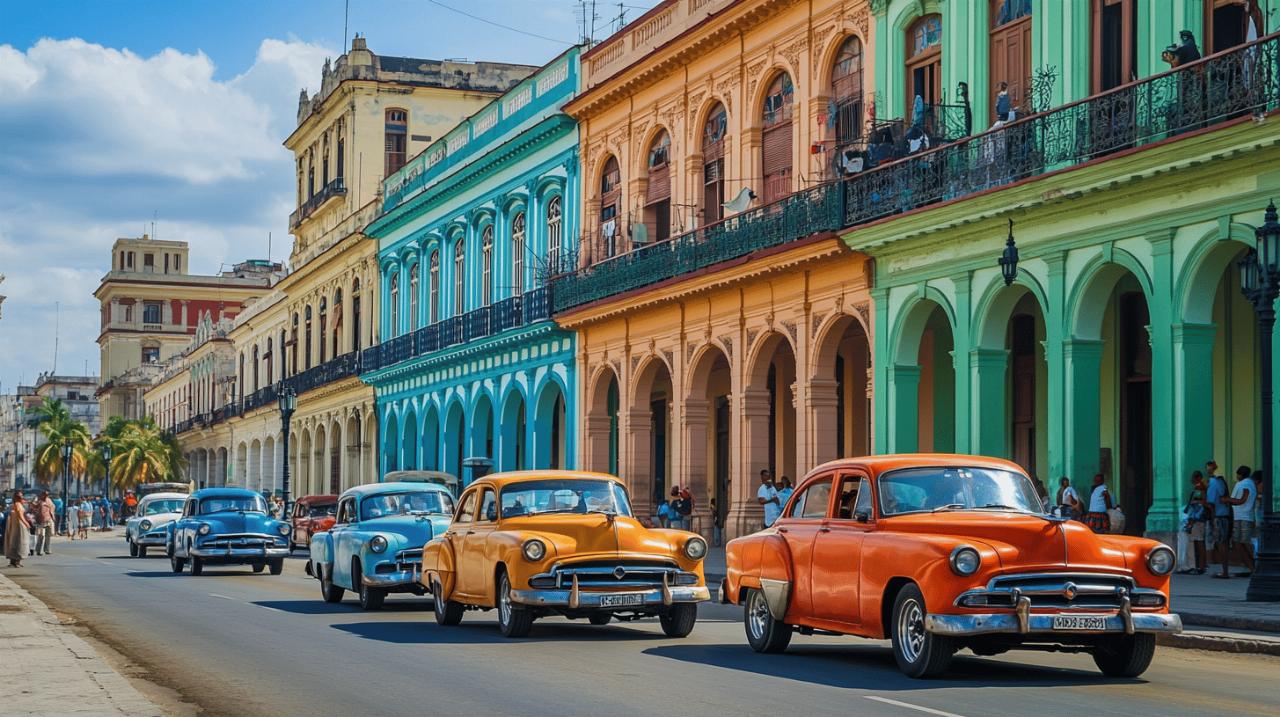 Santiago de Cuba, the island's second-largest city, pulses with a rich cultural and musical heritage that sets it apart from other Cuban destinations. Known as the cradle of Cuban son music, Santiago's streets and plazas come alive with rhythms that have influenced genres worldwide. The Casa de la Trova is a must-visit venue where live music performances capture the soul of Cuban culture. The city is also steeped in history, with landmarks such as Parque Céspedes, the Diego Velázquez Museum, and the Santa Ifigenia cemetery, where Fidel Castro and other national heroes are laid to rest. Just outside the city, the Castillo del Morro, a UNESCO World Heritage Site, offers spectacular views over the bay and a glimpse into Cuba's colonial military history.
Santiago de Cuba, the island's second-largest city, pulses with a rich cultural and musical heritage that sets it apart from other Cuban destinations. Known as the cradle of Cuban son music, Santiago's streets and plazas come alive with rhythms that have influenced genres worldwide. The Casa de la Trova is a must-visit venue where live music performances capture the soul of Cuban culture. The city is also steeped in history, with landmarks such as Parque Céspedes, the Diego Velázquez Museum, and the Santa Ifigenia cemetery, where Fidel Castro and other national heroes are laid to rest. Just outside the city, the Castillo del Morro, a UNESCO World Heritage Site, offers spectacular views over the bay and a glimpse into Cuba's colonial military history.
Cienfuegos, often called the Pearl of the South, exudes a distinct elegance thanks to its French colonial architecture. The city's historic centre, another UNESCO World Heritage Site, is a treasure trove of neoclassical buildings, wide boulevards, and charming parks. A walk along Cienfuegos' Malecón or a visit to the Punta Gorda neighbourhood reveals grand mansions and waterfront vistas that reflect the city's refined past. The nearby botanical gardens, one of the oldest in Latin America, showcase an impressive collection of tropical plants and offer a peaceful retreat. Both Santiago de Cuba and Cienfuegos provide rich cultural experiences that deepen any traveller's understanding of Cuba's diverse heritage.
Bay of Pigs and Valle de los Ingenios: Revolutionary History and Sugar Heritage
The Bay of Pigs, known locally as Bahía de Cochinos, is a name that resonates far beyond Cuba's shores due to the infamous invasion attempt in 1961. Today, this area is better known for its stunning natural beauty and excellent diving and snorkelling opportunities. The crystal-clear waters around Playa Girón and Playa Larga are home to vibrant coral reefs and underwater caves that attract divers from around the globe. The Museo Girón offers a detailed account of the invasion and its aftermath, providing historical context to this pivotal moment in the Cold War.
The Valle de los Ingenios, located near Trinidad, tells a different story of Cuba's past, one tied to the sugar industry that once fueled the island's economy. This UNESCO World Heritage Site features the remains of sugar mills, plantation houses, and the impressive Manaca Iznaga tower, which stands forty-four metres tall and once served as a lookout over the vast sugarcane fields. Exploring this valley offers a sobering look at the island's history of slavery and labour that underpinned its colonial wealth. Together, the Bay of Pigs and Valle de los Ingenios provide compelling insights into the forces that have shaped Cuba's complex history.
Essential Travel Tips and What to Avoid in Cuba
Practical advice: currency, internet and getting around
Understanding the practicalities of travel in Cuba can make a significant difference to the quality of your experience. The country has historically used two currencies, the Cuban Peso and the Cuban Convertible Peso, though the latter is being phased out. It is wise to check the current currency situation before departure and to carry cash, as credit and debit cards from certain countries may not be widely accepted. Internet access in Cuba is limited compared to many other destinations, with connectivity often requiring the purchase of access cards near designated ETECSA towers. Expect to pay around one to two convertible pesos for an hour of internet time, and do not rely on being able to stream content or stay constantly connected.
Getting around Cuba offers several options, each with its own advantages and challenges. The Viazul bus service is a popular choice for budget-conscious travellers, though it is essential to book in advance and remain flexible with schedules. For those seeking more comfort and convenience, hiring a private driver can be an excellent option, albeit at a higher cost of around eighty euros per day plus the driver's accommodation and meals. Shared taxis are another alternative, though they can be cramped and less comfortable for longer journeys. Many visitors opt to stay in casas particulares, family-run guesthouses that offer an authentic and affordable accommodation experience, typically costing between twenty-two and twenty-seven euros per night. These practical considerations, when planned carefully, ensure a smoother and more enjoyable Cuban adventure.
Three Things to Steer Clear Of: Tourist Traps, Tap Water and Impolite Behaviour
While Cuba is generally a welcoming and safe destination, there are a few pitfalls that travellers should be mindful of to ensure a pleasant trip. First, be wary of tourist traps and individuals attempting to overcharge or sell low-quality goods. Haggling is often expected, and it is perfectly acceptable to politely decline offers that do not seem fair. Staying alert and informed can help you avoid unnecessary expenses and frustrations.
Second, it is strongly advised to avoid drinking tap water in Cuba. The local water supply may not meet the standards travellers are accustomed to, and consuming it can lead to stomach upsets that will certainly dampen your holiday spirit. Stick to bottled water throughout your stay to keep yourself healthy and energised for all the adventures ahead.
Third, always treat locals with courtesy and respect. Cubans are known for their warmth and hospitality, and reciprocating with good manners will enhance your experience and foster genuine connections. Whether you are negotiating a taxi fare, asking for directions, or simply enjoying a conversation, a bit of politeness and cultural sensitivity goes a long way. By avoiding these common missteps, travellers can ensure their Cuban adventure is as rewarding and memorable as possible.

